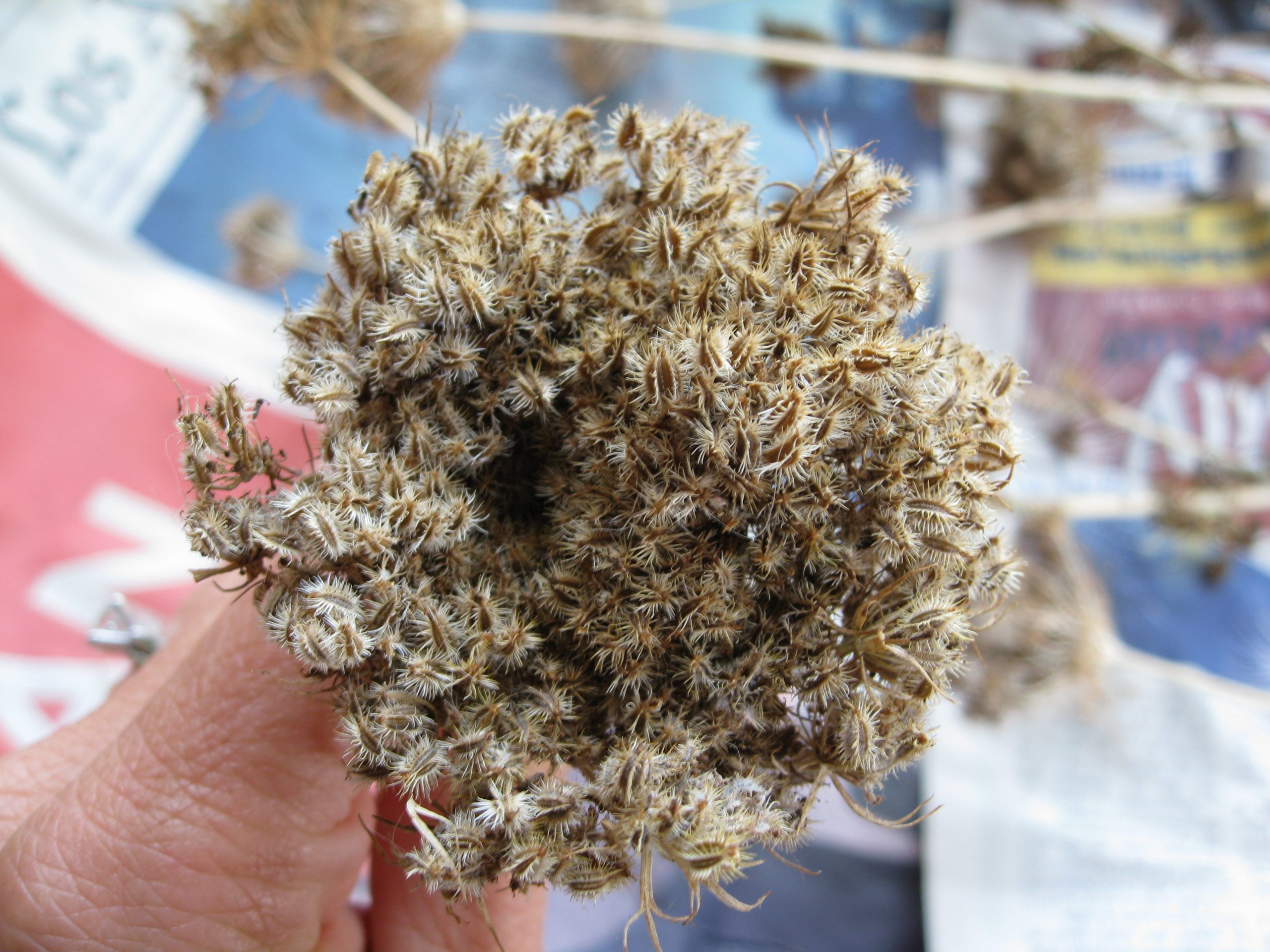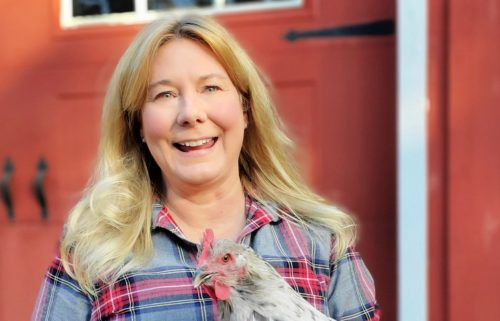One of our reels on saving carrot seeds went viral this week. Over 1.5 million views! Two questions came up over and over again, so this blog post is meant to answer those questions.
When saving carrots seeds there are a couple things to know. You’ll find the basics for saving carrot seeds in this prior post, but let’s dive into additional details.
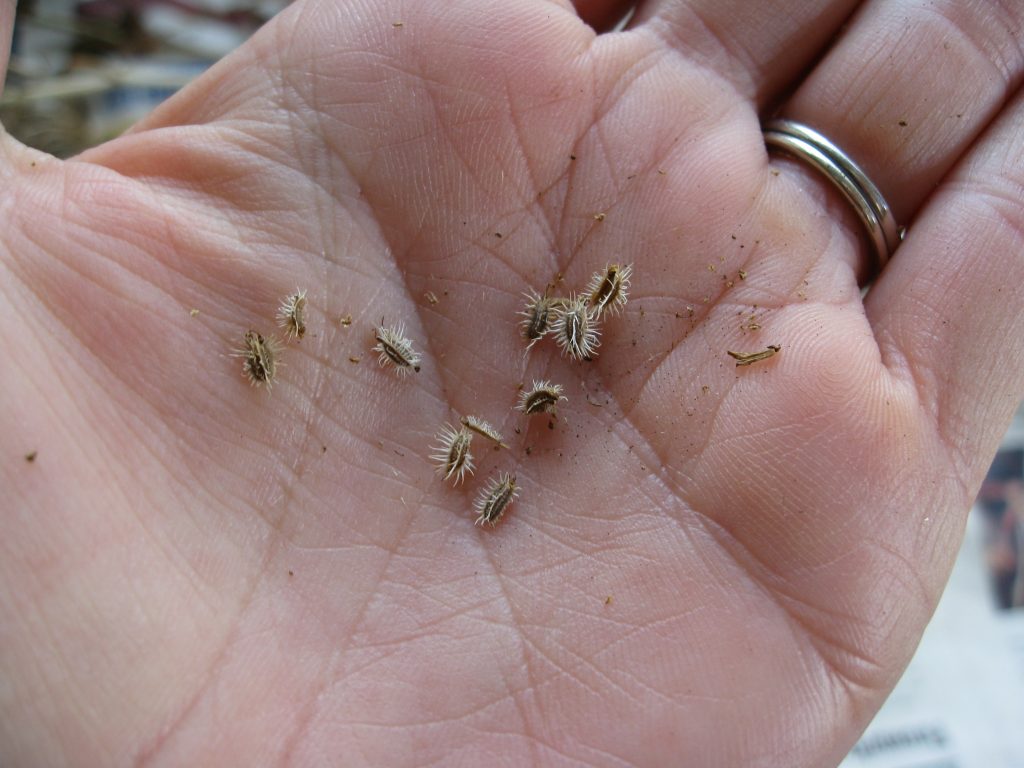
1) Carrots Are Biennial
That means that it can take up to two years before they bolt to seed. It doesn’t mean it will take two years, but it can. If you live in a place where snow and frost sets in, you may have to take an extra step.
The authors of The Seed Garden, by Seed Saver’s Exchange instruct that in climates where the ground freezes, it is best to lift the roots at the end of the season and store them in sand over winter to prevent rotting and damage. Then replant them (shoulders / crown above ground) the following spring and they will then bolt, allowing you to save the seed.
Here in Zone 10b our carrots bolted to seed in the first growing season, but yours may take longer. So play it by ear.
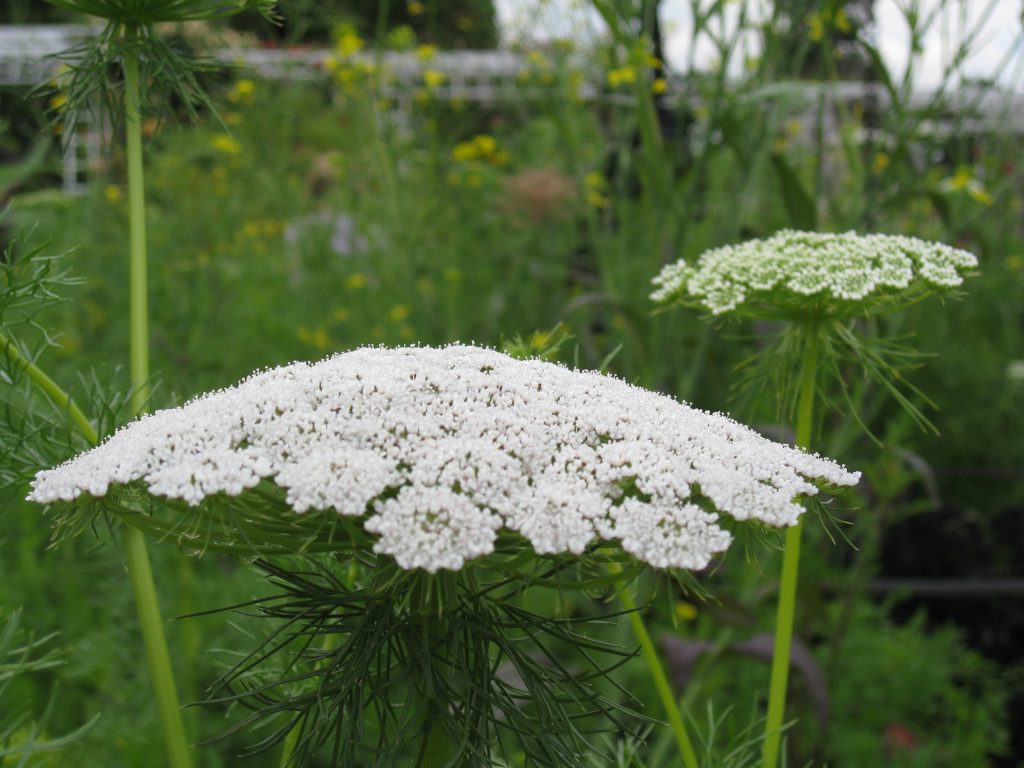
2) A Lot of Things Look Like Carrot Flowers
Carrots are members of the Apiaceae or Umbelliferae family, as is celery, dill, fennel, alyssum, yarrow, cilantro and parsley. There are over 3,800 species in that family. Other members include hemlock, and Queen Ann’s lace, which is incredibly invasive. Folks on social media said, “Oh, I see these carrots growing all along the roadside. I’m gonna save those seeds.”
Folks, those aren’t carrots.
Be sure to save seeds from plants you can ID as carrots. I mean, do we need more invasive plants in our lives?
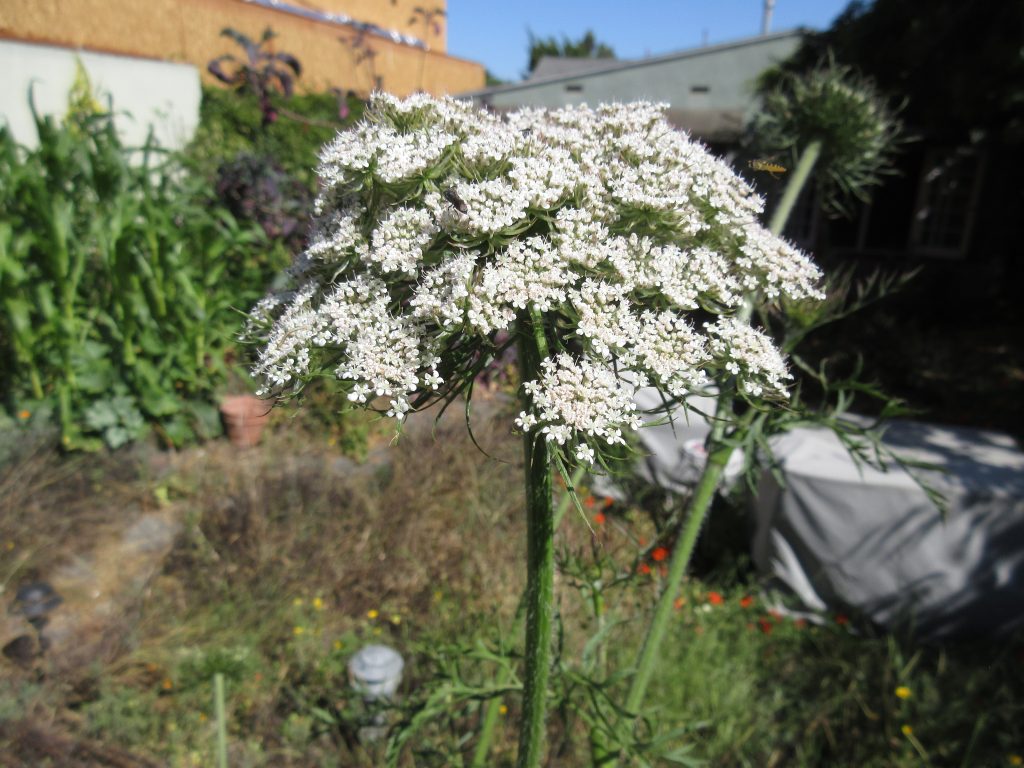
Last Thoughts
As referenced in the linked post above, carrots require isolation distances of 800 feet to maintain purity. Most of us don’t have that much room, so only allow one variety of carrots to bolt to seed at once, and don’t let any other umbels flower at the same time. Then you’ll likely get a carrot that looks like the carrot from which you saved the seed.

